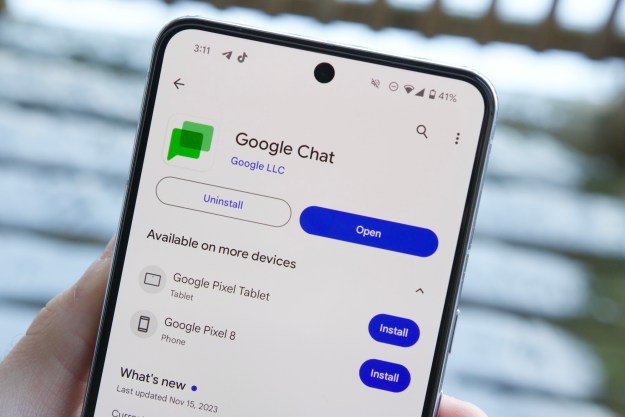Google’s $2.1 billion acquisition of Fitbit has been completed, following a lengthy regulatory process that began soon after the announcement of the deal took place in November 2019. Concerns over privacy and antitrust forced Google to agree to various rules in order to pass the deal in the European Union, and in the announcement of the deal’s closure, both Google and Fitbit have said it’s about devices, and not data.
Fitbit has become the brand most associate with fitness tracking, illustrated by how it has sold 120 million devices all over the world since the company’s inception in 2007. It has created a user-friendly, data-rich fitness platform, matched to simple hardware that appeals to many. Fitbit is the fifth largest wearable tech company in the world by shipments, according to IDC, behind Apple, Xiaomi, Huawei, and Samsung.
James Park, Fitbit’s CEO wrote about the deal:
“On our own, we pushed the bounds of what was possible from the wrist, pioneering step, heart rate, sleep, and stress tracking. With access to Google’s incredible resources, knowledge, and global platform, the possibilities are truly limitless.”
Good news for Fitbit, then. But it’s really Google that needs help on wearables. Google’s own software platform for wearables, Wear OS, is unloved and far behind Apple’s WatchOS and Samsung’s Tizen platform in terms of speed and usability. If the Fitbit acquisition truly is about devices, then it needs to leverage Fitbit’s knowledge and expertise in software and wearable tech hardware just as much as Fitbit needs to delve into Google’s artificial intelligence and software innovations.

At the very least, it would be great to see advanced health-related features and tech make it to more Wear OS smartwatches, including automatic workout detection, more advanced sleep tracking, and wide support for sensors such as blood oxygen monitors. Additionally, Fitbit’s algorithms could be utilized to improve accuracy. Google Fit has the right design and look, but it needs expert assistance to realize its potential to take on Apple Health.
What we’d rather not see is any of Fitbit’s generic smartwatch designs be used by Google to launch an often discussed and long-rumored Pixel smartwatch or other wearable. Just adding Fitbit’s platform to Wear OS isn’t desirable either, as it’s unlikely to make battery life any better, plus Fitbit also charges a subscription for access to its most detailed fitness data, which we’d rather not see introduced elsewhere.
While the Fitbit and Google partnership may end up producing some exciting new software and hardware, it’s not the first time our hopes have been raised by Google splashing out on wearable-related tech. In early 2019 it spent $40 million on some smartwatch tech and engineering talent from Fossil, but any advancements made from the deal have not been that obvious yet. Fossil has even launched its own Wear OS features, while Google drags its heels.
With so much money being spent on the Fitbit acquisition, and it apparently not being about data to feed ads, Google really should be well-positioned to improve Wear OS’s flow, and Google Fit’s usability and features.
Editors' Recommendations
- Google Pixel 9: news, rumored price, release date, and more
- Google just announced 8 big Android updates. Here’s what’s new
- One of the biggest smartwatch makers just gave up on Wear OS
- Google is expanding Fast Pair, casting to more devices
- Google is bringing Chrome browser to cars, even more EV features to Maps



